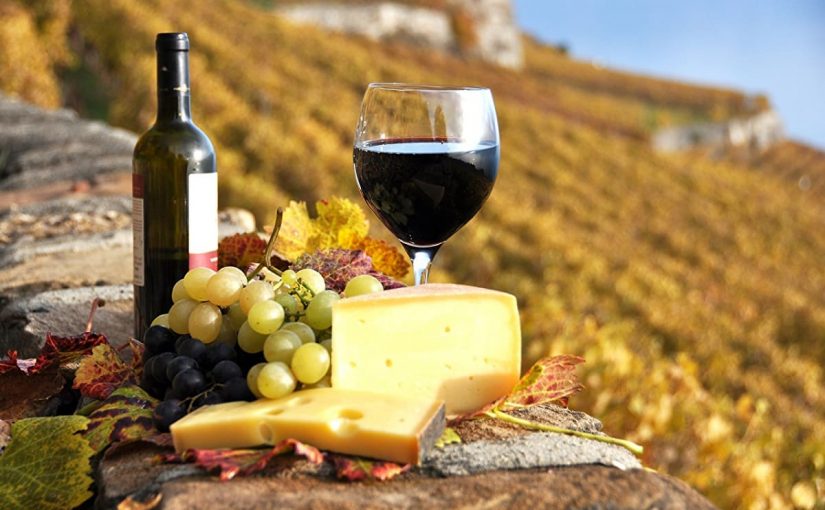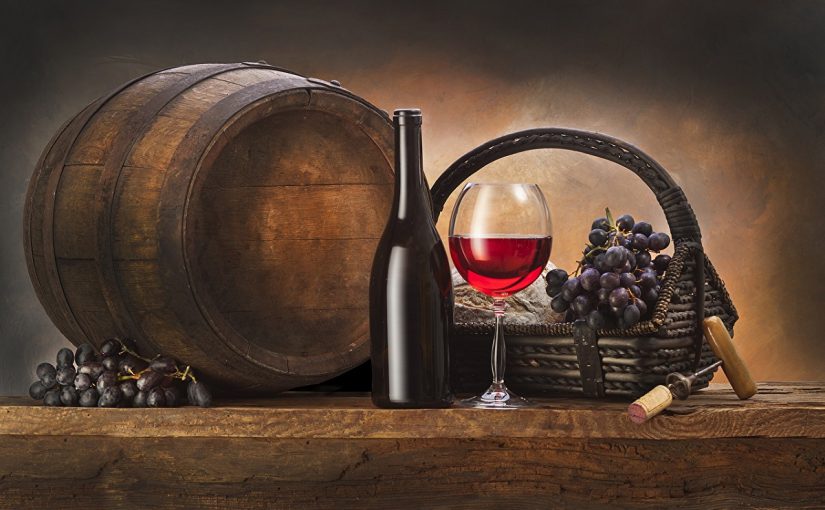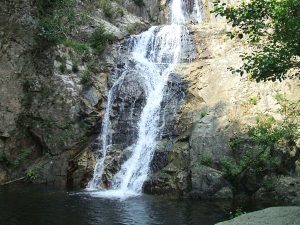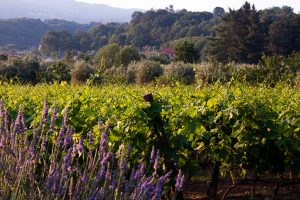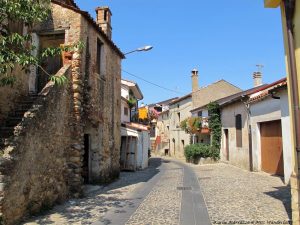16.5.2021
The core of Mediterranean Sea, Calabria, with its food and cuisine, contains a rare treasure, a wine of fruity and bold aromas with vanilla, red and dark fruit, and loads of sunshine.
This explosive and flamboyant taste with cedar, juicy cherries, and some herbs, full body, med-high tannins, is “Scavigna DOC wine”.
Approximately its blend is 20% Greco Bianco, 10% Malvasia, 5% Trebbiano, 15% Riesling, 20% Pinot Bianco, 30% Chardonnay.
Outside Calabria, only a small number of outlets in Asia and Europe have this wine. Recently only the 2014 and 2015 vintages have been available and now Scavigna Wine is a DOC of the Calabria wine region in southern Italy, which covers red, white and rose wines from the hills above Falerna Marina, on Calabria’s western coastline.
Scavigna wines are basically in red (rosso), white (bianco) and rose (rosato) forms, without corresponding quality levels such as superiore or riserva.
Scavigna bianco (white) is made from a slightly less local collection of grapes, including the ubiquitous and international Chardonnay, and Trebbiano Toscano, one of Italy’s most widely planted white wine grape varieties. Greco Bianco and Malvasia Bianca hold the local end up, despite their proportions being limited to 20% and 10% respectively.
The red and rose wines are made from the classic Calabrian red variety Gaglioppo and its Sicilian counterpart Nerello Cappuccio, from the volcanic vineyards around Mount Etna.
The title of DOC was introduced in 1994, just after San Vito di Luzzi, from the Crati Valley further north in the hills. Its catchment area covers a relatively small patch of land previously untouched by a DOC, where the Savuto and Lamezia zones are separated by just a few miles of hills.
THE LAND OF THE WINE
The two municipalities where the vines lie are named Nocera Terinese and Falerna, and the latter has no relation to Falerna, home of Campania’s ancient Falernian wine. This is the Central Mediterranean coast of Calabria between the municipalities of Savuto and Lamezia Terme.
The vineyards occupy the high plateau between the two villages. Here is home to the majority of Scavigna’s wine production.
The soil is located in front of the Tyrrhenian Sea, here the large Sila Plateau is a vital factor in creating the viticulturally suited microclimate, because the volume of water surrounding the Calabrian peninsula helps to moderate the intense heat of south Italian. The water also helps generate morning breezes as the land warms up, and afternoon breezes as it cools down later in the day.
This plateau, approximately 1.5 miles across, basks in the southern Italian sun, cooled slightly by the presence of the Tyrrhenian Sea below.
It is densely covered by vineyards, which run right to the top of its steep slopes. The northernmost vines perch at just over 2000ft (610m) and peer down into the valley below, where Nocera Terinese village is located.
The soil is calcareous clay and the training system is Guyot. The harvest takes place in late August and the wine is fermented in stainless steel tanks. The wine had flavors and aromas of white peaches with notes of herbs and grass.
THE GRAPES
The grape variety grown here is the Gaglioppo, much like in any other Calabrian vineyard facing the sea. Gaglioppo is a very ancient grapevine, probably of Greek origin, that thrives in dry climates. Its grapes ripen very slowly and are therefore high in sugar content. They yield a soft wine that is vinous and fruity, and high in alcohol content.
The soil can make also white, rose and red from all the typical local grape varieties. Reds and rose wines are usually a blend of Aglianico, Magliocco and Marcigliana while whites are produced with international varieties such as Traminer, Chardonnay, Pinot Bianco and Italian Riesling. These can be supplemented with local varieties and these are now used in increasing amounts.
In any case, the most important wine of the Scavigna D.O.C. appellation is a red made mostly with Gaglioppo and a small proportion of Nerello Cappuccio grapes. It is full-bodied, velvety, mellow, elegant and refined. It is best served with roast meat and savory Mediterranean dishes.
The rose’ variety is lighter and more supple. It is obtained from the same grapes that are used in making the Scavigna Rosso.
The white variety, on the other hand, is made with Trebbiano Toscano, Greco Bianco and Malvasia grapes. The D.O.C. regulation allows the vintners to add up to 30% of Chardonnay grapes in making Scavigna Bianco.

